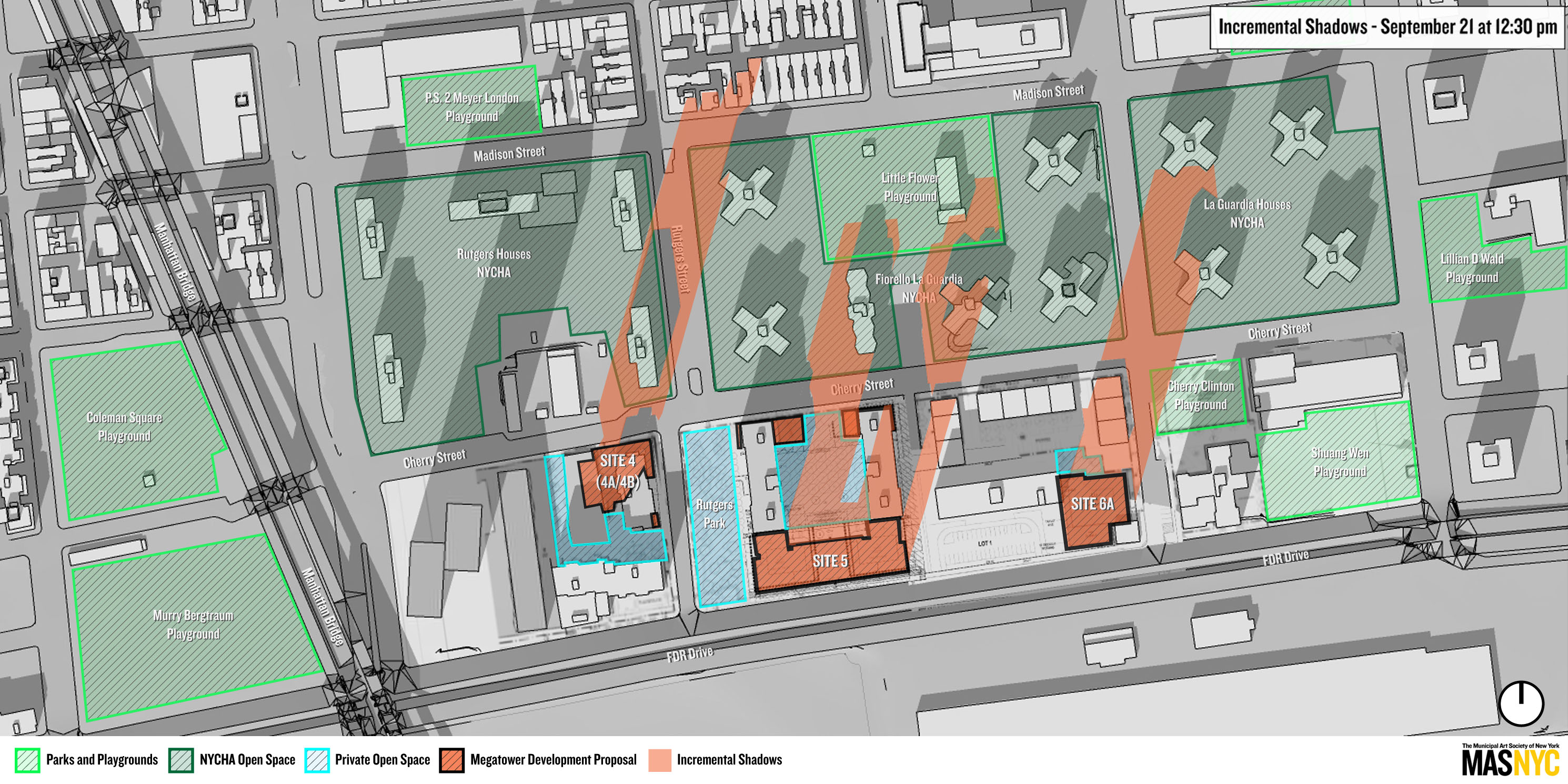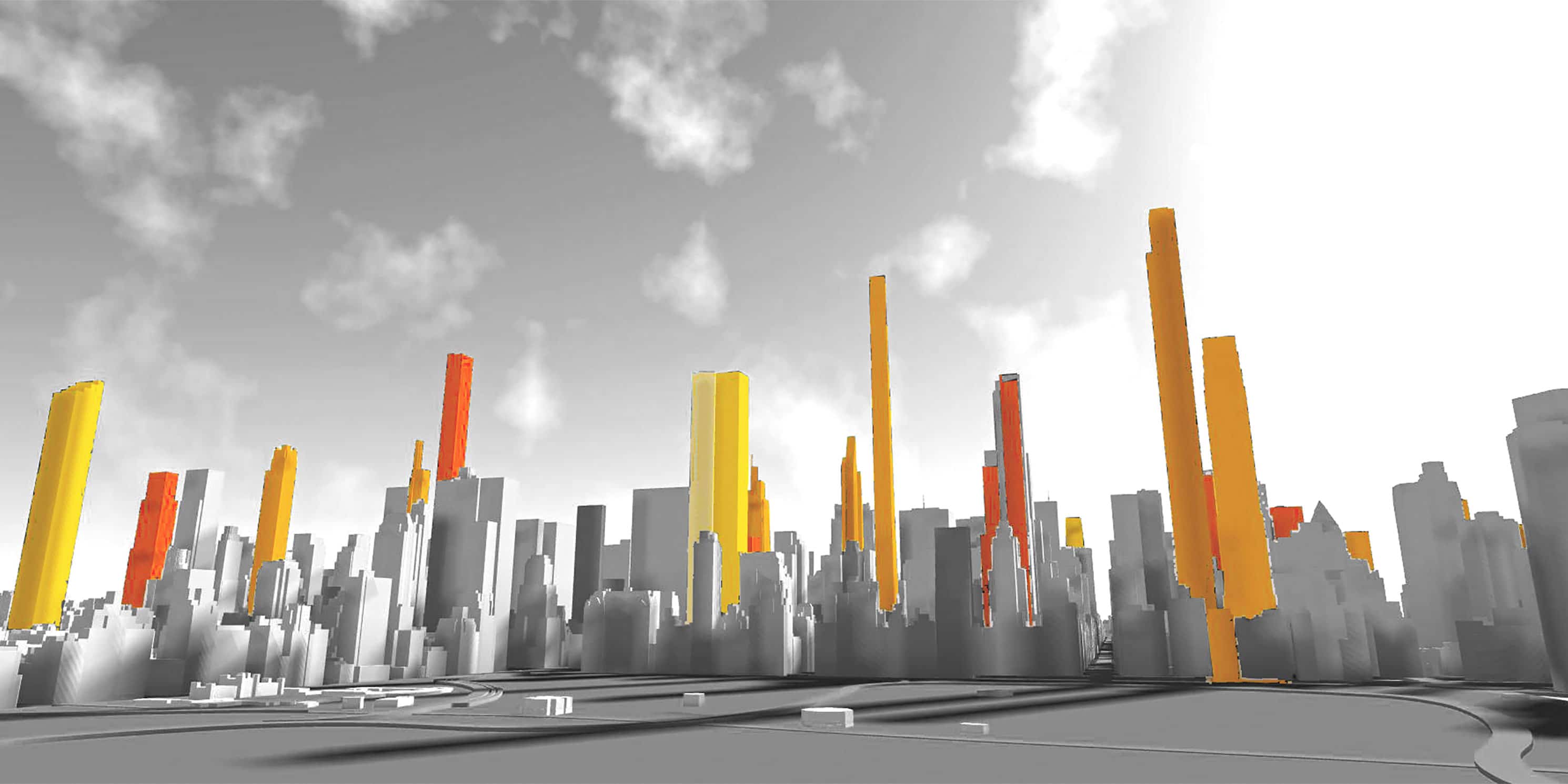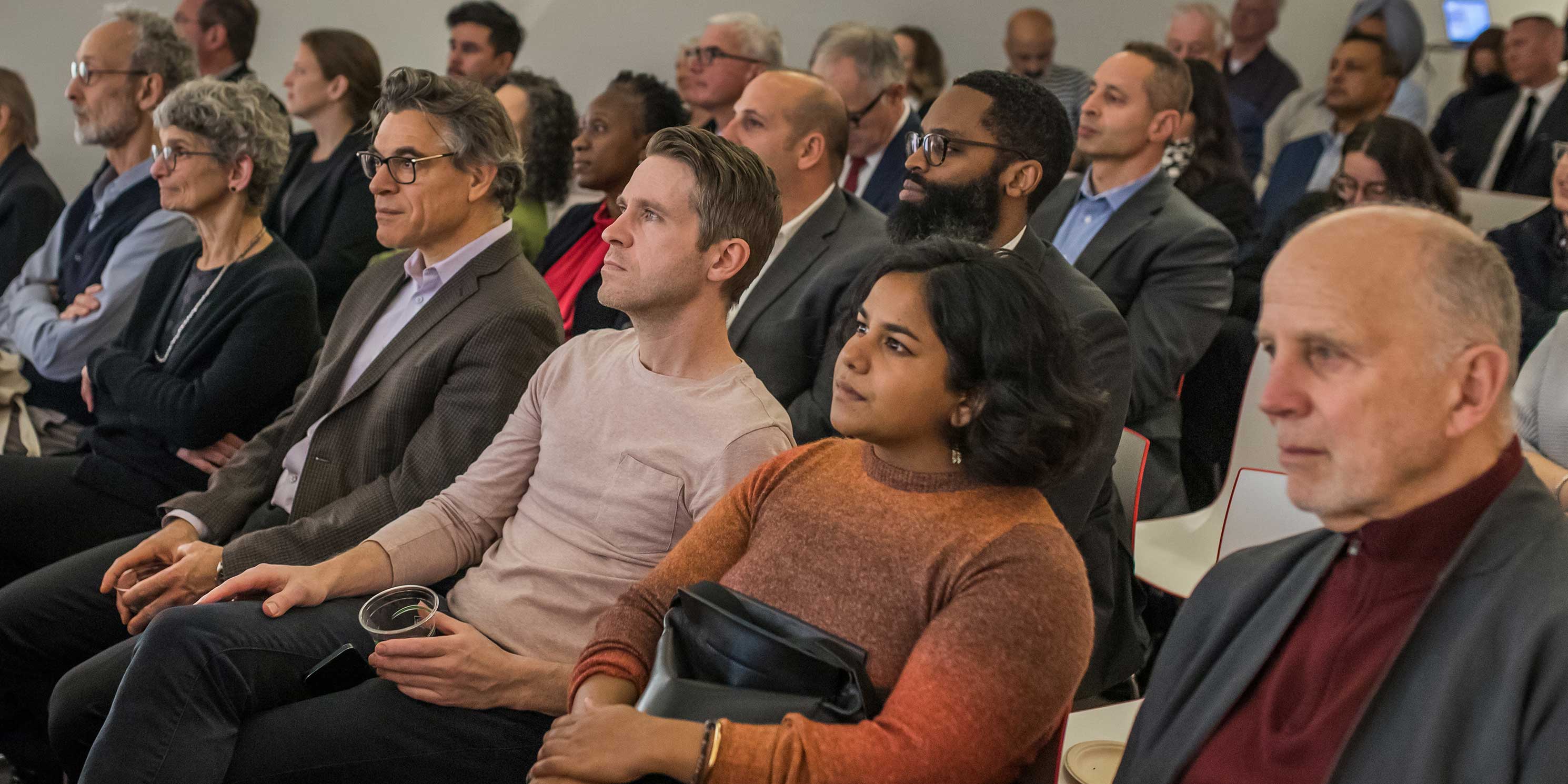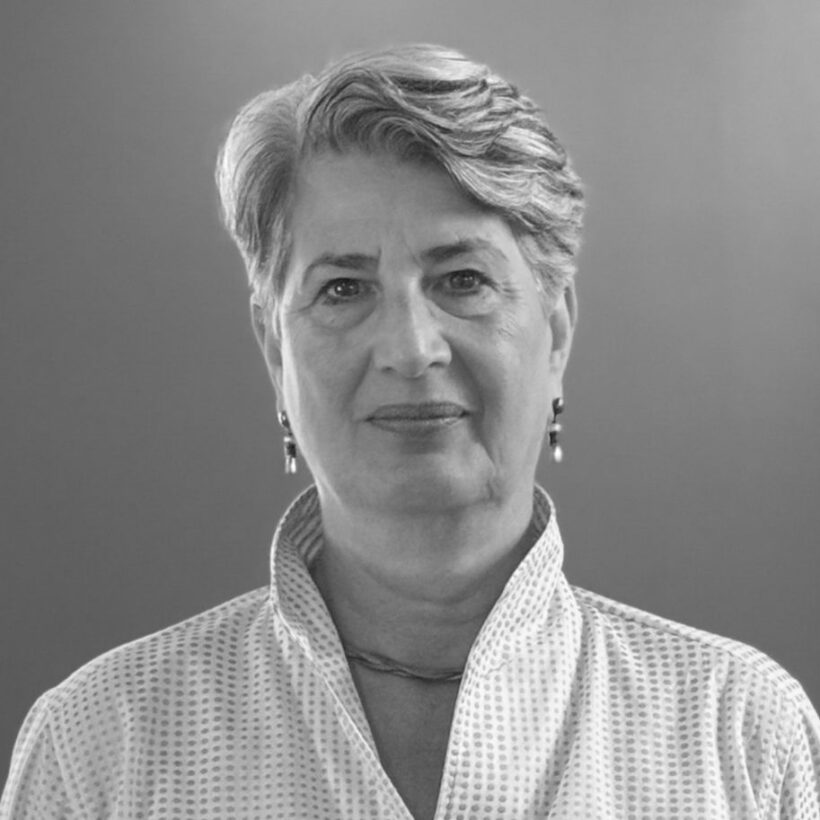Accidental Skyline
A blueprint for a more intentional city
Since the release of its Accidental Skyline report in 2013, MAS has been raising the alarm about the need for new rules and regulations to protect public assets like light, air, open space, and the character of the City’s neighborhoods from supertall towers and out-of-scale development.
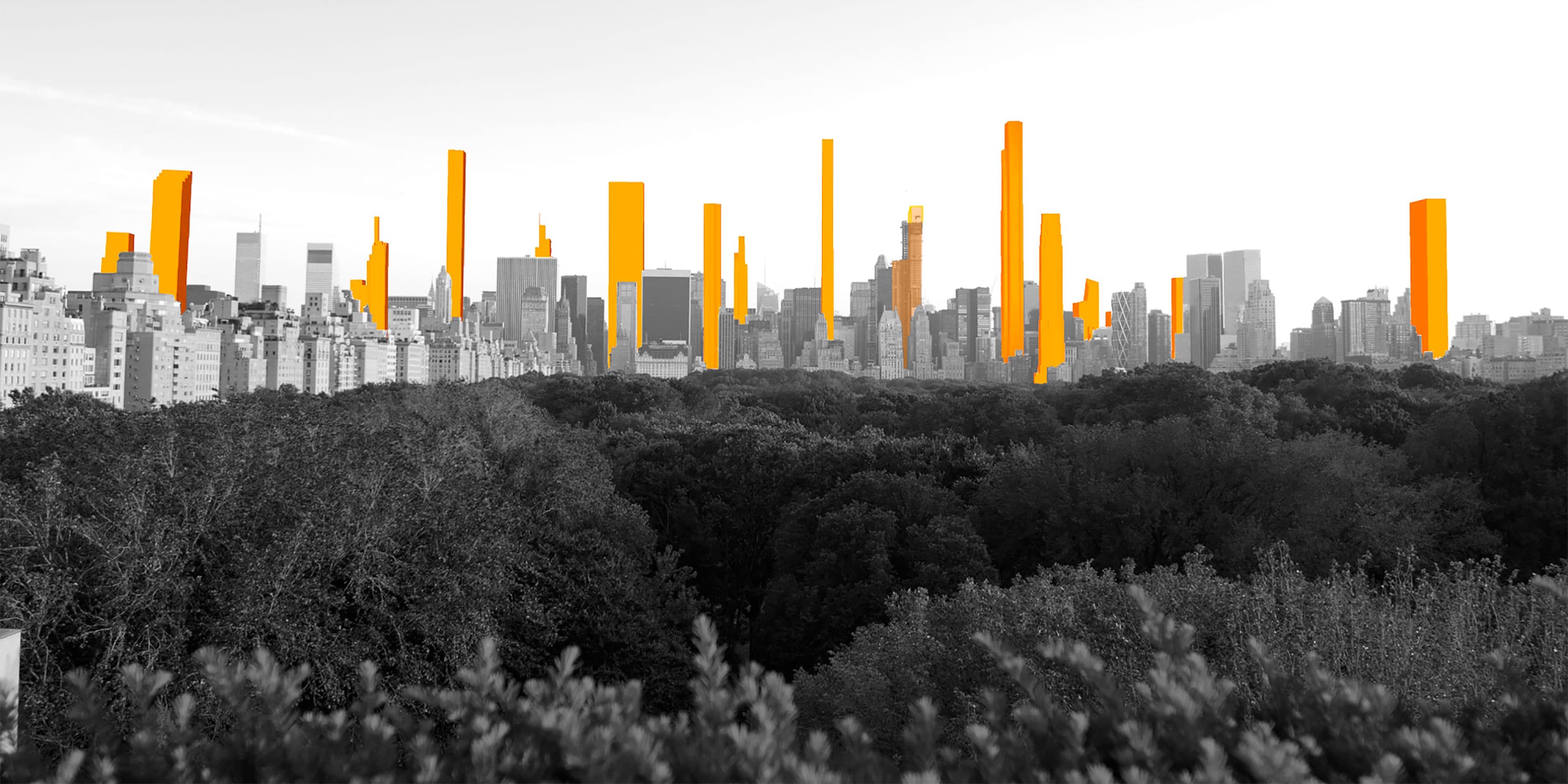
New York is experiencing an unprecedented boom in as-of-right, out-of-scale development that flout the intention of our zoning code. We urge the City to address the following interrelated issues that have given rise to supertalls and out-of-scale development:
- Loopholes and outdated rules, including provisions for air rights transfers, zoning lot mergers, height factor buildings, structural voids, and floor area bonuses, along with deficient environmental review evaluations and questionable mitigation enforcement;
- Inadequate public input, including significant actions with no public review, resistance to community-based planning initiatives; and
- Lack of accountability, including an opaque process rife with inaccessible and incomplete information and insufficient building applications.
Please visit our plan for reform: How Do We Fix It?
Why now?
If the problems these developments pose aren’t addressed, what’s at risk is a city that is darker, drearier, and more austere than its people deserve; a place where ordinary New Yorkers can’t find an affordable apartment while faceless corporations stockpile vacant investment properties. Much of this responsibility lies with the City itself, but developers also need to come to the table—and communities, too, must recognize the inevitable change in neighborhoods and be willing to consider compromises that provide a fair balance between public and private interest.
We need to act together to make sure the city that gets built is the city we want: a vibrant, bustling metropolis that creates healthy, fair housing opportunities for all of us, with plenty of light and air on our sidewalks, streets, and parks. We must close the loopholes that allow buildings to change the paradigm of the city willy-nilly. We must demand honest and realistic evaluations of the pros and cons of any particular project and respectful engagement with communities about their wants and needs.
Shadows
Throughout its history, MAS has maintained that access to light, air, and open space is critical to the well-being of New Yorkers and the economic health of New York City. The shadow studies produced by MAS in 2013 demonstrated that existing zoning and environmental review regulations do not sufficiently protect Central Park from the impact of nearby supertalls.
In 2017, we updated released updated studies that not only confirm the prevalence of adverse shadow impacts but also show how access to light and air will be significantly reduced in other neighborhoods across the city.
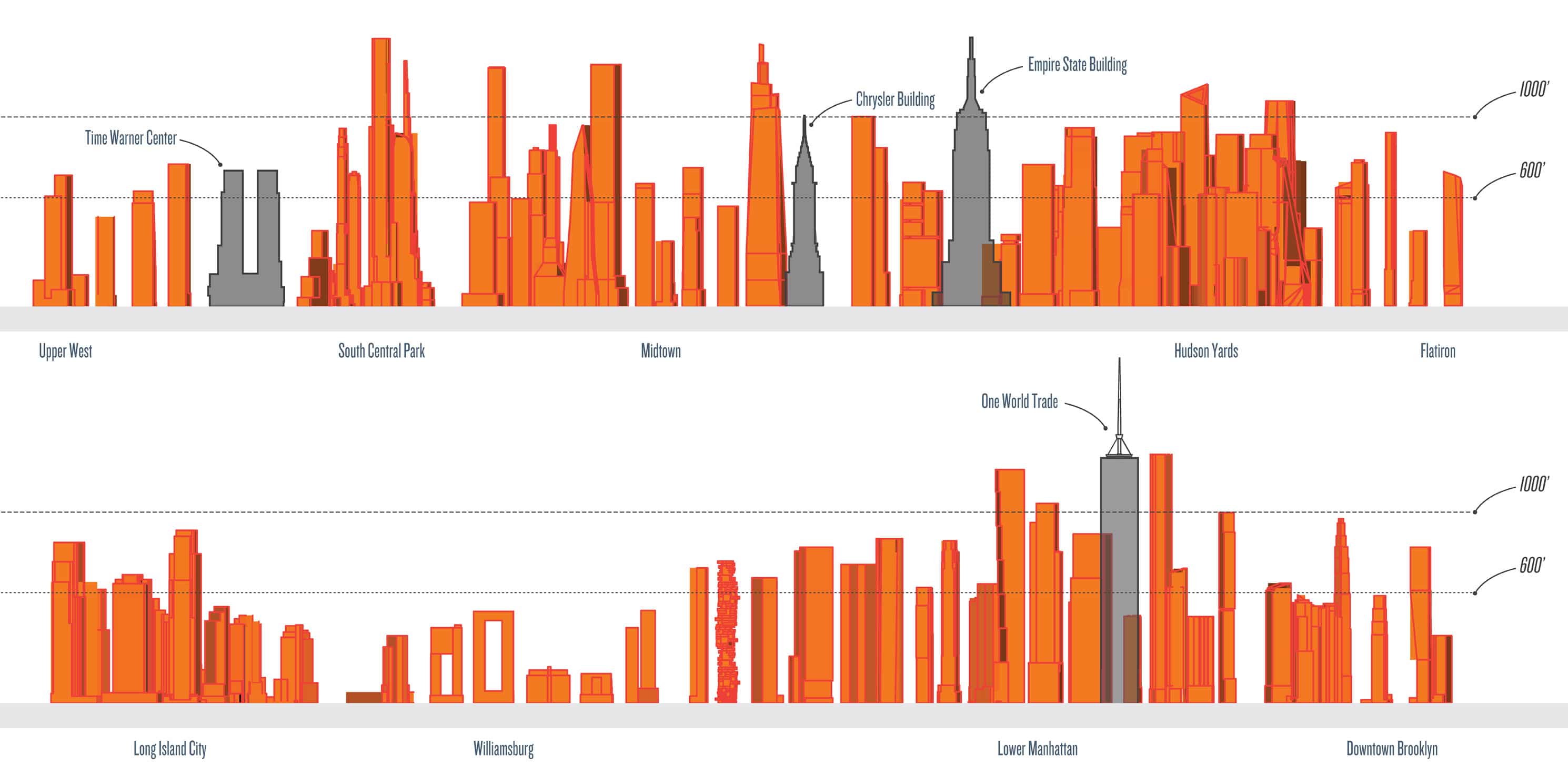
Skyline
MAS rigorously monitors new supertalls and out of scale development. We are tracking more than one hundred new projects that have recently been completed, are under construction, or have been planned.
Air Rights
To better understand the amount of development potential citywide, MAS analyzed and mapped available air rights for every property in New York City. In 2023, MAS updated its original 2018 map with newer data. View latest map.
How Do We Fix It?
We identified three primary goals for the Accidental Skyline work:
CLOSE LOOPHOLES THAT ALLOW DEVELOPERS TO SKIRT ZONING RULES & ENVIRONMENTAL REGULATIONS:
- Strengthen Regulations That Control Height and Bulk
- Clarify Zoning Regulations and Definitions
- Evaluate Zoning Floor Area Bonuses
- Strengthen Mitigation Requirements for Environmental Review
- Comprehensively Evaluate and Disclose Impacts of Development
GIVE NEIGHBORHOODS A SEAT AT THE TABLE:
- Increase Local Representation and Opportunities for Review of Land Use Actions
- Increase Local Representation and Opportunities for Review of Land Use Actions
- Increase resources and opportunities for community planning
HOLD THE CITY AND DEVELOPERS ACCOUNTABLE TO THE PUBLIC INTEREST:
- Create New Accountability Measures and Strengthen Existing Ones
- Improve Development and Land Use Applications
- Improve Online Resources by Making Data Standardized, Comprehensive, and Accessible
Accidental Skyline Report 2017
This new report by The Municipal Art Society of New York addresses the issues surrounding citywide out-of-scale buildings, as well as zoning and environmental regulations.
This report by The Municipal Art Society of New York addresses the issues surrounding tall buildings and their influence on the scarce open spaces in New York – particularly West 57th Street and Central Park.
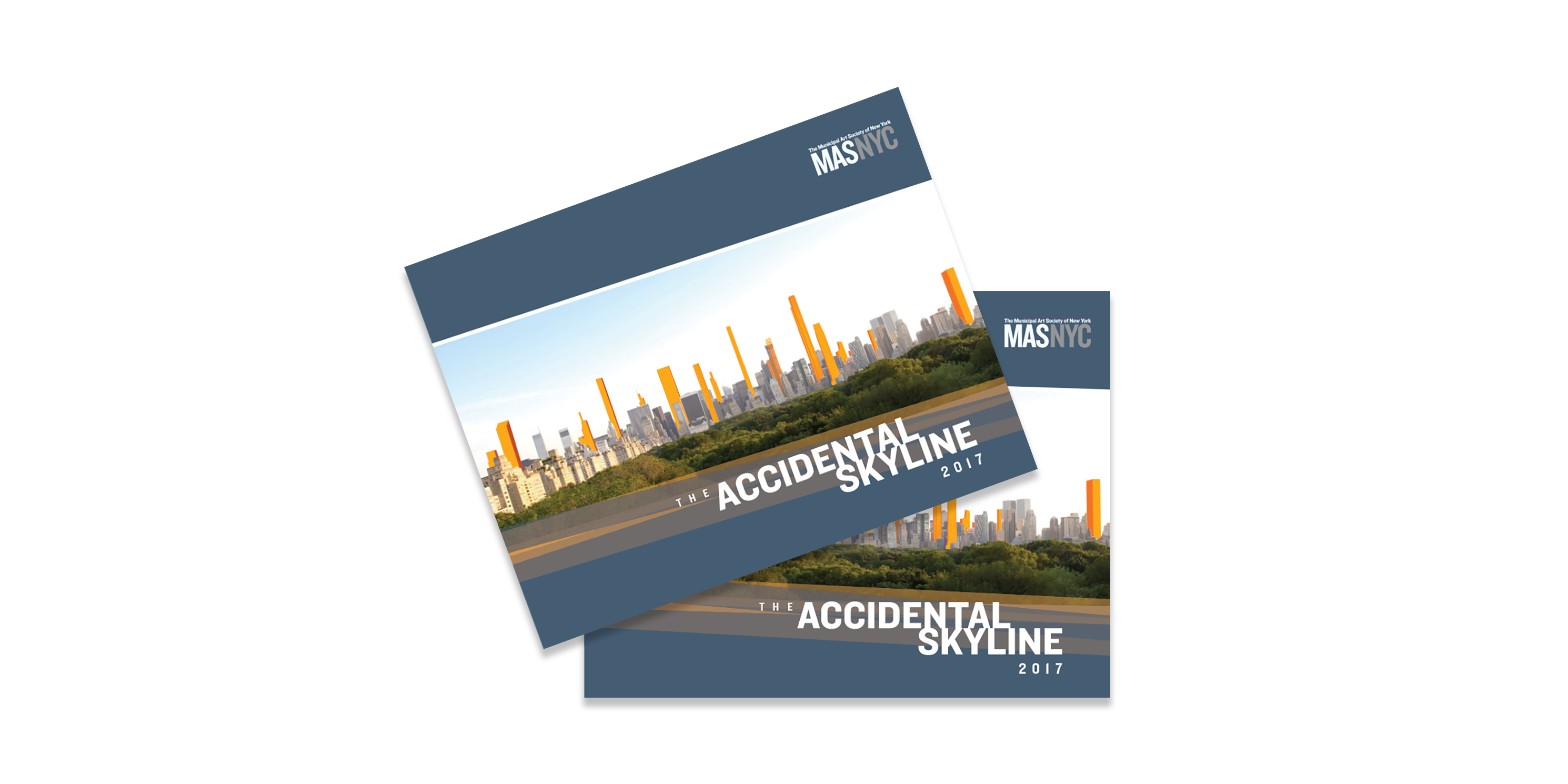
MAS members and partners are crucial to everything we do. Please consider contributing to MAS and joining our community of advocates.
Support UsContact a staff member about this initiative. planning@mas.org >
